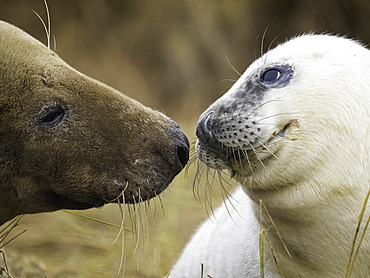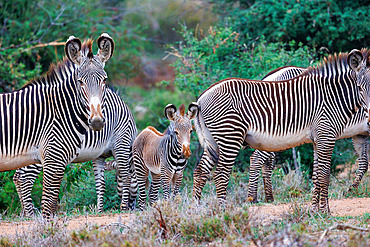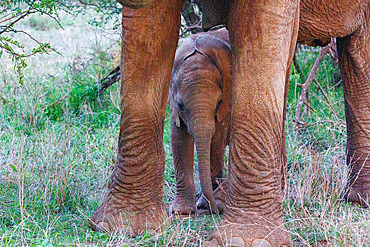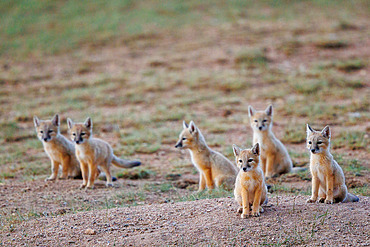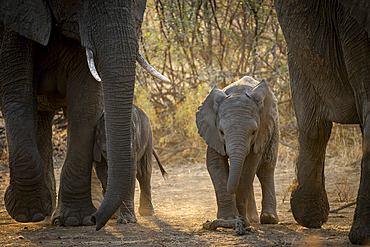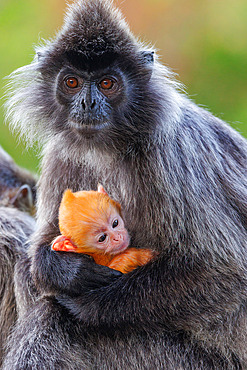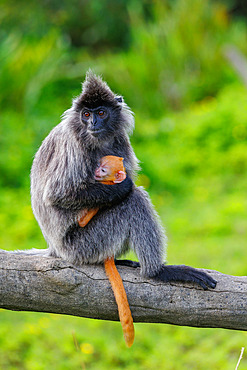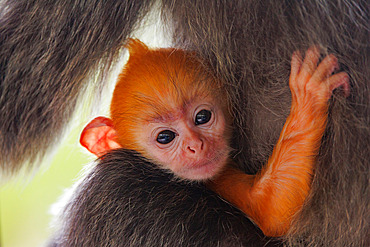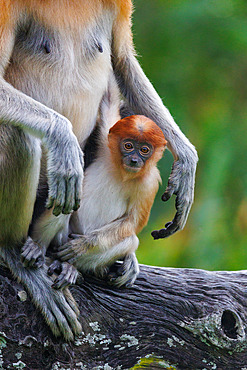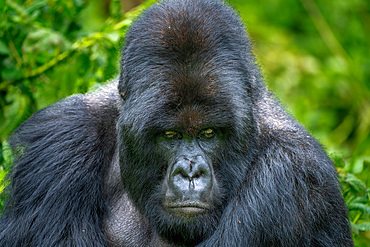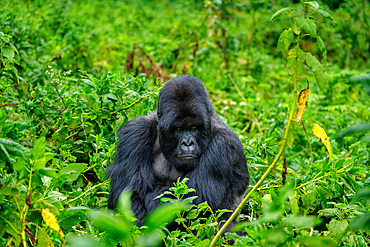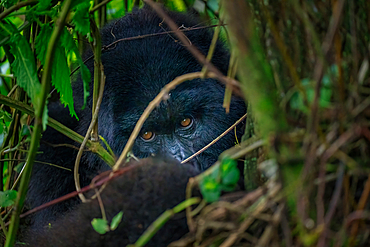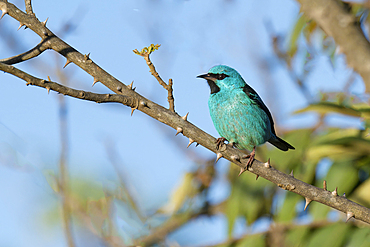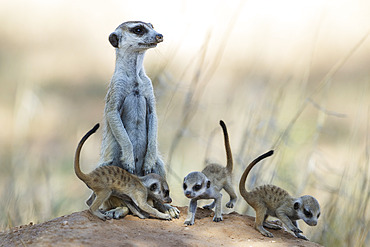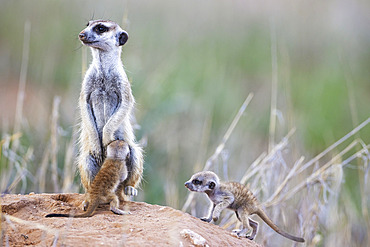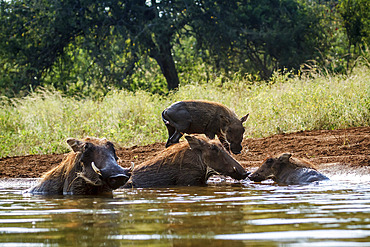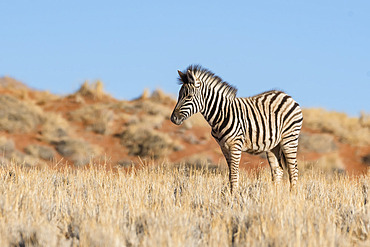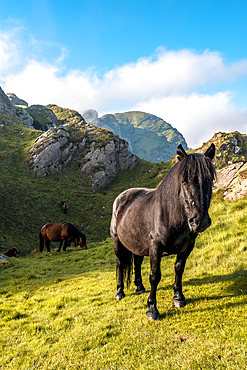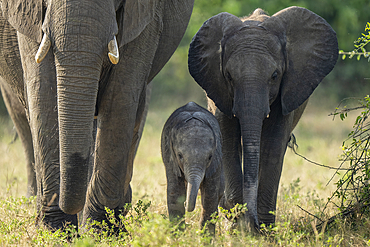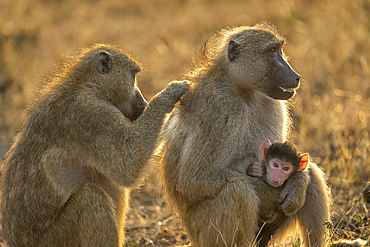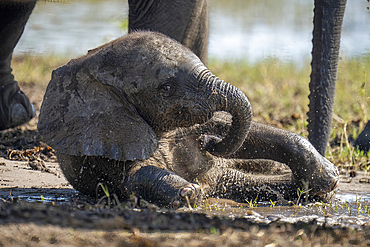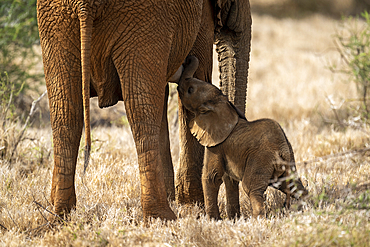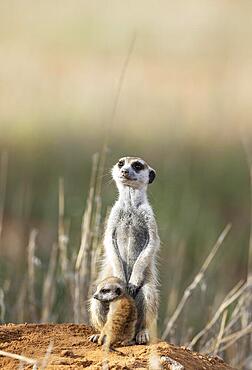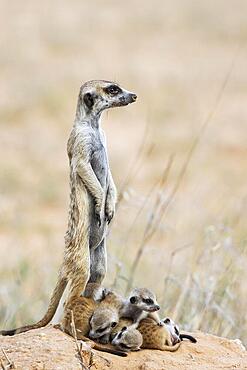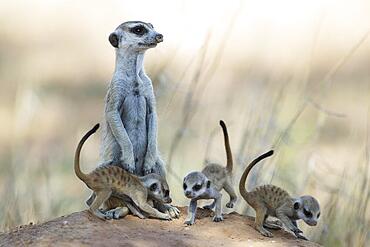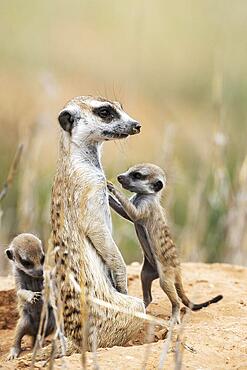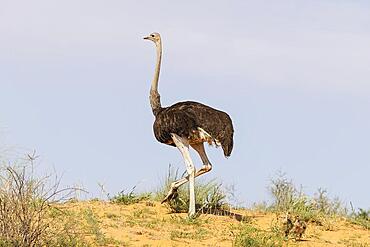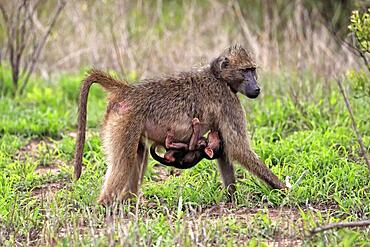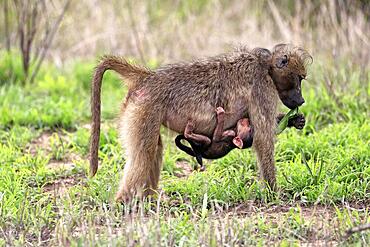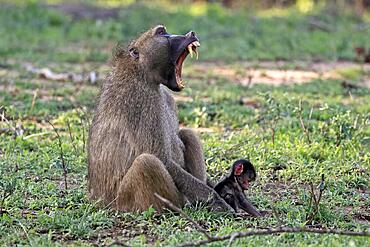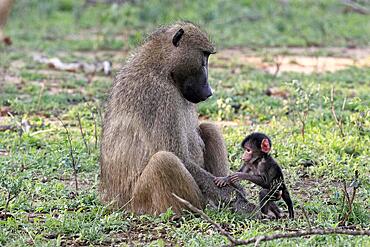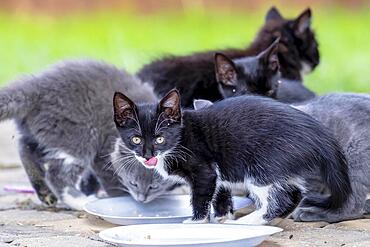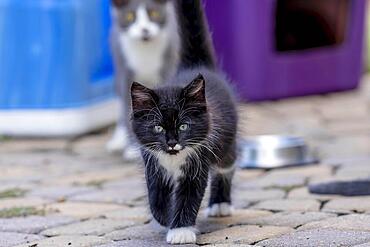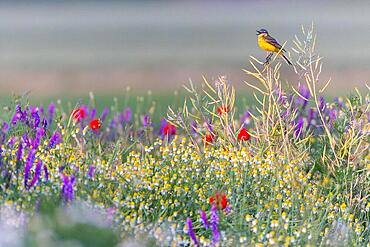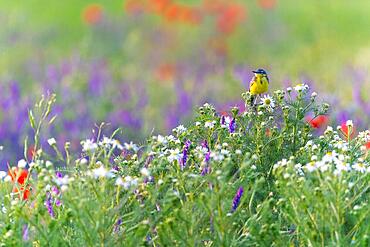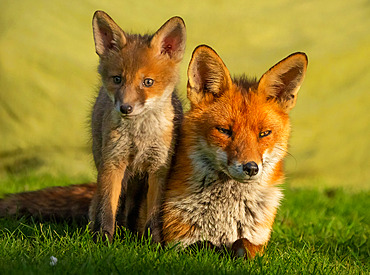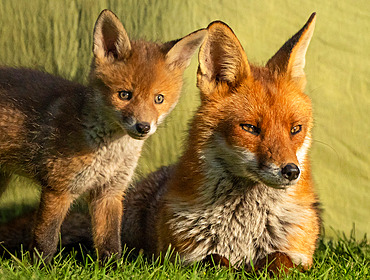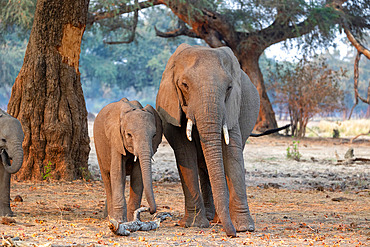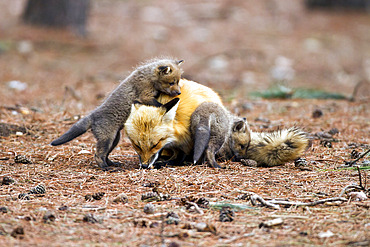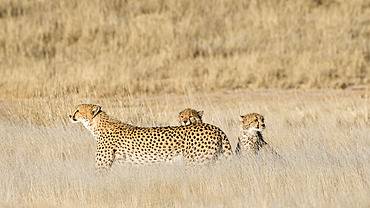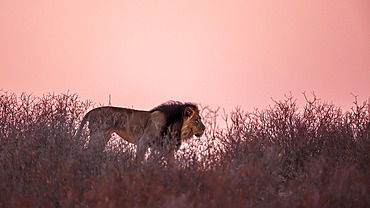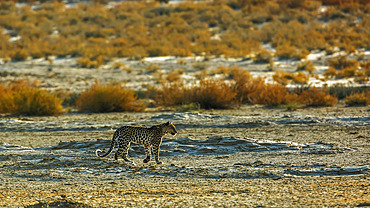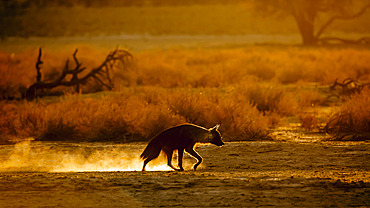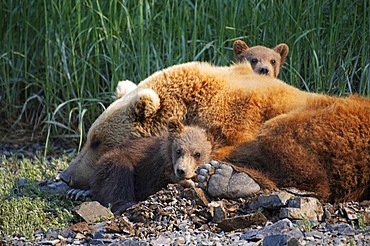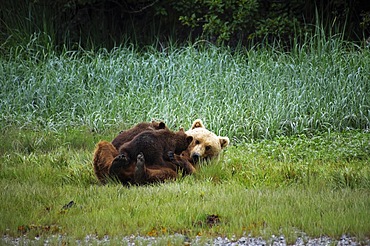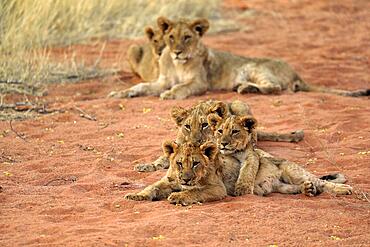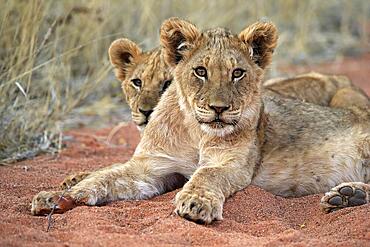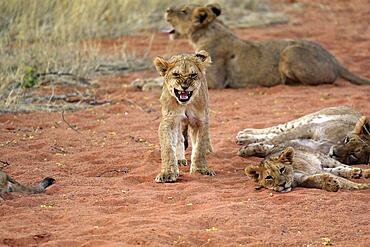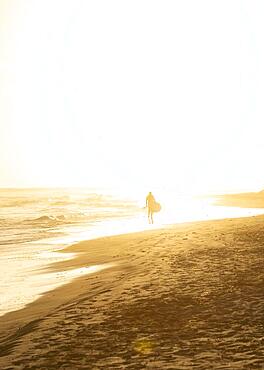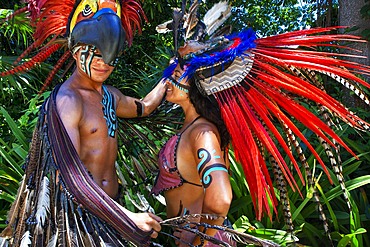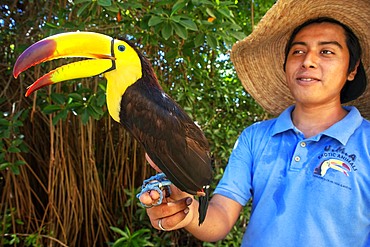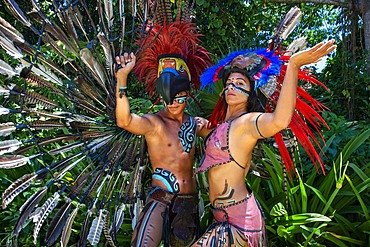Recent searches
Loading...
860-292465 - Portrait of Grey Seal (Halichoerus grypus), Lincolnshire, England
860-292427 - Grevy's Zebra (Equus grevyi), in the savannah, Mother and baby, dry shrubby savannah, Laïkipia County, Kenya, East Africa, Africa
860-292420 - African Savanna Elephant or Savanna Elephant (Loxodonta africana), moves through the savannah, eating,Mother and baby, dry shrubby savannah, Laikipia County, Kenya, East Africa, Africa
860-292367 - Young Corsac fox (Vulpes corsac), at the den, Steppe area, East Mongolia, Mongolia, Asia
860-292317 - African bush elephant (Loxodonta africana) with calves. Mashatu Game Reserve. Northern Tuli Game Reserve. Botswana.
860-292296 - Silvery lutung or Silvered leaf Monkey or Silvery Langur (Trachypithecus cristatus), baby ( orange in color) with the mother, Reserve of Labuk Bay, Sabah, Malaysia, North Borneo, Southeast Asia
860-292297 - Silvery lutung or Silvered leaf Monkey or Silvery Langur (Trachypithecus cristatus), baby ( orange in color) with the mother, Reserve of Labuk Bay, Sabah, Malaysia, North Borneo, Southeast Asia
860-292295 - Silvery lutung or Silvered leaf Monkey or Silvery Langur (Trachypithecus cristatus), baby ( orange in color) with the mother, Reserve of Labuk Bay, Sabah, Malaysia, North Borneo, Southeast Asia
860-292293 - Proboscis monkey or long-nosed monkey (Nasalis larvatus), female and young in a tree, Reserve of Labuk Bay, Sabah, Malaysia, North Borneo, Southeast Asia
860-292283 - Female roe deer (Capreolus capreolus) and fawn, Ardennes, Belgium
860-292173 - Capybara female with young (Hydrochaerus hydrochaeris) is a mammal native to South America. It is the largest living rodent in the world. Pantanal, Mato Grosso do Sul, Brazil
860-292103 - Humpback whale (Megaptera novaeangliae) and calf in the turquoise-blue waters of the Mayotte lagoon.
832-404476 - Elk (Alces alces) mother with two cubs standing in the grass by a lake, autumn atmosphere, Nikkaluokta, Kiruna, Gaellivare, Norrbottens laen, Lapland, Northern Sweden, Sweden, Europe
1320-280 - A Silverback mountain gorilla, a member of the Agasha family in the mountains of Volcanos National Park, Rwanda, Africa
1320-279 - A Silverback mountain gorilla, a member of the Agasha family in the mountains of Volcanos National Park, Rwanda, Africa
1320-278 - A mountain gorilla, a member of the Agasha family in the mountains of Volcanos National Park, Rwanda, Africa
1320-267 - A Silverback mountain gorilla, a member of the Agasha family in the mountains of Volcanos National Park, Rwanda, Africa
1320-259 - A Silverback mountain gorilla, a member of the Agasha family in the mountains of Volcanos National Park, Rwanda, Africa
1320-250 - A mountain gorilla, a member of the Agasha family in the mountains of Volcanos National Park, Rwanda, Africa
1131-1975 - Male Blue Dacnis (Dacnis cayana) Thraupidae family, Passeriformes order, on a branch, Serra da Canastra National Park, Minas Gerais, Brazil, South America
860-292071 - Suricate (Suricata suricatta). Also called Meerkat. Female with three playful young at their burrow. On the lookout. Kalahari Desert, Kgalagadi Transfrontier Park, South Africa.
860-292069 - Suricate (Suricata suricatta). Also called Meerkat. Female with two young at their burrow. One young is suckling. On the lookout. Kalahari Desert, Kgalagadi Transfrontier Park, South Africa.
860-292070 - Suricate (Suricata suricatta). Also called Meerkat. Two young at their burrow. Kalahari Desert, Kgalagadi Transfrontier Park, South Africa.
860-292068 - Suricate (Suricata suricatta). Also called Meerkat. Female with young at their burrow. On the lookout. Kalahari Desert, Kgalagadi Transfrontier Park, South Africa.
860-292060 - Ostrich (Struthio camelus). Male on the right and female with two chicks on the ridge of a grass-grown sand dune. Feeding on yellow Devil's Thorn (Tribulus zeyheri) flowers. Kalahari Desert, Kgalagadi Transfrontier Park, South Africa.
860-292053 - Common warthog (Phacochoerus africanus) in Kruger National park, South Africa
860-292005 - Burchell's plains zebra (Equus quagga burchelli), Namib Rand Family Hideout, Namib Desert Reserve, Namibia
860-292003 - African savanna elephants (Loxodonta africana) family at waterhole, Okaukuejo waterhole, Etosha National Park, Namibia
860-291934 - Tibetan Wolf (Canis lupus chanco) and young, Tien Shan, Issyk-Kul Region, Kyrgyzstan
832-404374 - A family of horses at the top of Penas de Aya or also called Aiako Harria at dawn, Oiartzun. Gipuzkoa province of the Basque Country, vertical photo
1116-52861 - Three African bush elephants (Loxodonta africana) walk towards camera in Chobe National Park, Botswana
1116-52862 - Three Chacma baboons (Papio ursinus) sit on dead branch in Chobe National Park, Botswana
1116-52860 - Close-up of Vervet monkey (Chlorocebus pygerythrus) sitting grooming baby in Chobe National Park, Botswana
1116-52859 - Close-up of Chacma baboon (Papio ursinus) sitting holding baby in Chobe National Park, Botswana
1116-52858 - Close-up of baby Chacma baboon (Papio ursinus) drinking milk in Chobe National Park, Botswana
1116-52856 - Close-up of baboon (Papio ursinus) grooming another with baby in Chobe National Park, Botswana
1116-52852 - Baby African bush elephant (Loxodonta africana) walks between parents in Chobe National Park, Botswana
1116-52851 - Baby African bush elephant (Loxodonta africana) lying in mud in Chobe National Park, Botswana
1116-52844 - African bush elephant (Loxodonta africana) nurses calf under tree, Kenya
1116-52835 - African bush elephant (Loxodonta africana) standing on the savannah while nursing young calf at Segera, Segera, Laikipia, Kenya
832-403355 - Suricate (Suricata suricatta) . Also called Meerkat. Female with young at their burrow. On the lookout. Kalahari Desert, Kgalagadi Transfrontier Park, South Africa, Africa
832-403351 - Suricate (Suricata suricatta) . Also called Meerkat. Female with five young at their burrow. On the lookout. Kalahari Desert, Kgalagadi Transfrontier Park, South Africa, Africa
832-403350 - Suricate (Suricata suricatta) . Also called Meerkat. Female with three playful young at their burrow. On the lookout. Kalahari Desert, Kgalagadi Transfrontier Park, South Africa, Africa
832-403349 - Suricate (Suricata suricatta) . Also called Meerkat. Female with two playful young at their burrow. Kalahari Desert, Kgalagadi Transfrontier Park, South Africa, Africa
832-403331 - Ostrich (Struthio camelus) . Female with two chicks on the ridge of a grass-grown sand dune. Kalahari Desert, Kgalagadi Transfrontier Park, South Africa, Africa
832-403330 - Ostrich (Struthio camelus) . Female on the left and male on the ridge of a grass-grown sand dune. Behing them a chick. Kalahari Desert, Kgalagadi Transfrontier Park, South Africa, Africa
832-403329 - Ostrich (Struthio camelus) . Female on the right and male on the ridge of a grass-grown sand dune. In between them a chick. Kalahari Desert, Kgalagadi Transfrontier Park, South Africa, Africa
832-403274 - Bear baboon, chacma baboon (Papio ursinus), adult, female, mother, with young, nursing, baby, foraging, Kruger National Park, South Africa, Africa
832-403273 - Bear baboon, chacma baboon (Papio ursinus), adult, female, mother, with young, baby, foraging, feeding, Kruger National Park, South Africa, Africa
832-403271 - Bear baboon, chacma baboon (Papio ursinus), adult, female, mother, yawning, young, baby, together, Kruger National Park, South Africa, Africa
832-403272 - Bear baboon, chacma baboon (Papio ursinus), adult, female, mother, young, baby, social behaviour, relaxed, Kruger National Park, South Africa, Africa
832-403270 - Bear baboon, chacma baboon (Papio ursinus), adult, female, mother, young, baby, social behaviour, relaxed, together, Kruger National Park, South Africa, Africa
832-403260 - African elephant (Loxodonta africana), adult, female, mother, young, foraging, Kruger National Park, South Africa, Africa
832-403226 - Bengal cat, domestic cat, mother with her kitten walking on a meadow, Bavaria, Germany, Europe
1112-8294 - A millipede in the family Spirobolidae in the order Spirobolida, Waigeo Island, Raja Ampat, Indonesia, Southeast Asia, Asia
1112-8276 - A millipede in the family Spirobolidae in the order Spirobolida, Waigeo Island, Raja Ampat, Indonesia, Southeast Asia, Asia
1112-8272 - A millipede in the family Spirobolidae in the order Spirobolida, Waigeo Island, Raja Ampat, Indonesia, Southeast Asia, Asia
1112-8260 - Rooster at the home of a local family in Tangkoko National Preserve on Sulawesi Island, Indonesia, Southeast Asia, Asia
832-402811 - Wild boar (Sus scrofa) squeaker and mother in a forest, Bavaria, Germany Europe
832-402810 - Wild boar (Sus scrofa) squeaker sucking on the tits of its mother in a forest, Bavaria, Germany Europe
832-402423 - 8 week old outside kittens eat their meals and clean themselves afterwards in an urban environment
832-402422 - 8 week old outside kittens eat their meals and clean themselves afterwards in an urban environment
832-402421 - 8 week old outside kittens eat their meals and clean themselves afterwards in an urban environment
832-402420 - 8 week old outside kittens eat their meals and clean themselves afterwards in an urban environment
1179-6352 - Family with one child enjoying a camel ride in the desert, Erg Chebbi, Merzouga, Sahara Desert, Morocco, North Africa, Africa
832-402207 - Western yellow wagtail (Motacilla flava), in a flower meadow with Corn Poppy (Papaver rhoeas), Poppy family (Papaveraceae), Otterswang, Pfullendorf, Linzgau, Baden-Wuerttemberg, Germany, Europe
832-402206 - Western yellow wagtail (Motacilla flava), in a flower meadow with Corn Poppy (Papaver rhoeas), Poppy family (Papaveraceae), Otterswang, Pfullendorf, Linzgau, Baden-Wuerttemberg, Germany, Europe
832-402205 - Western yellow wagtail (Motacilla flava), in a flower meadow with Corn Poppy (Papaver rhoeas), Poppy family (Papaveraceae), Otterswang, Pfullendorf, Linzgau, Baden-Wuerttemberg, Germany, Europe
860-291750 - Red fox (Vulpes vulpes) vixen and cub, England
860-291748 - Red fox (Vulpes vulpes) vixen and cub, England
860-291747 - Red fox (Vulpes vulpes) vixen and cub, England
860-291686 - African Savannah Elephant or Savannah Elephant (Loxodonta africana), drinking milk, Lower Zambezi natioinal Park, Zambia
860-291687 - African Savannah Elephant or Savannah Elephant (Loxodonta africana), eat fruits of Winter Thorn (Faidherbia albida), Lower Zambezi natioinal Park, Zambia
860-291562 - Red fox (Vulpes vulpes) female playing with her cubs. Montreal Botanical Garden. Quebec. Canada
860-291518 - Cheetah (Acinonyx jubatus) female with cubs in the savannah, Okonjima private game reserve, Namibia
860-291487 - African lion walking on top of dune at sunrise in Kgalagadi transfrontier park, South Africa; Specie panthera leo family of felidae
860-291486 - African lion walking on top of dune at dawn in Kgalagadi transfrontier park, South Africa; Specie panthera leo family of felidae
860-291485 - Leopard walking backlit in dry land in Kgalagadi transfrontier park, South Africa; specie Panthera pardus family of Felidae
860-291484 - Brown hyena walking in backlit at dusk in Kgalagadi transfrontier park, South Africa; specie Parahyaena brunnea family of Hyaenidae
860-291472 - Bateleur Eagle in loving parade in Kgalagadi transfrontier park, South Africa ; Specie Terathopius ecaudatus family of Accipitridae
832-399884 - Mother bear with two cubs, coastal brown bear (Ursus Arctos middendorfi), Kukak Bay, Katmai National Park, Alaska, USA, North America
832-399887 - Mother bear suckling her two cubs, grizzly bear, coastal brown bear (Ursus Arctos middendorfi), Kukak Bay, Katmai National Park, AlaskaGrizzly bear suckling her two cubs, Katmai National Park, Alaska, USA, North America
832-399453 - Lion (Panthera leo), three cubs, siblings, alert, group, Tswalu Game Reserve, Kalahari, Northern Cape, South Africa, Africa
832-399452 - Lion (Panthera leo), three cubs, siblings, alert, group, Tswalu Game Reserve, Kalahari, Northern Cape, South Africa, Africa
832-399450 - Lion (Panthera leo), two cubs, alert, resting, siblings, Tswalu Game Reserve, Kalahari, Northern Cape, South Africa, Africa
832-399451 - Lion (Panthera leo), cubs, group, siblings, Tswalu Game Reserve, Kalahari, Northern Cape, South Africa, Africa
832-398432 - daughter mother feet shoes. High resolution photo
1179-6124 - Mother and son with scuba masks showing red starfish underwater, Zanzibar, Tanzania, East Africa, Africa
1350-6608 - Mexican aztec dress gods at Grand Palladium White Sand Resort and Spa in Riviera Maya, Yucatan Peninsula, Quintana Roo, Caribbean Coast, Mexico.
Aztec clothing was generally loose fitting and did not completely cover the body. When the Spanish arrived in Mexico, the people were surprised to see them in their full armour, with only their faces exposed.
Aztec clothes were generally made of cotton (which was imported) or ayate fiber, made from the Maguey Cactus (also called the Century Plant or American Aloe). Women would weave the fibers into clothing, a task girls were taught as young teenagers. Because of their vast trading network, the Aztecs were able to make use of a beautiful array of dyes, creating the brilliant
1350-6606 - A Mexican staff member holds a tucan at Grand Palladium White Sand Resort and Spa in Riviera Maya, Yucatan Peninsula, Quintana Roo, Caribbean Coast, Mexico
1350-6595 - Mexican aztec dress gods at Grand Palladium White Sand Resort and Spa in Riviera Maya, Yucatan Peninsula, Quintana Roo, Caribbean Coast, Mexico.
Aztec clothing was generally loose fitting and did not completely cover the body. When the Spanish arrived in Mexico, the people were surprised to see them in their full armour, with only their faces exposed.
Aztec clothes were generally made of cotton (which was imported) or ayate fiber, made from the Maguey Cactus (also called the Century Plant or American Aloe). Women would weave the fibers into clothing, a task girls were taught as young teenagers. Because of their vast trading network, the Aztecs were able to make use of a beautiful array of dyes, creating the brilliant
832-397911 - Meerkats (Suricata suricatta), meerkat, adult, group, family, standing upright, alert, on guard, on burrow, Tswalu Game Reserve, Kalahari, Northern Cape, South Africa, Africa
832-397904 - African penguin (Spheniscus demersus), adult, two juveniles, siblings, on the beach, feeding, social behaviour, Boulders Beach, Simonstown, Western Cape, South Africa, Africa
832-397921 - Cape Mountain Zebra (Equus zebra zebra), adult, young, mother with young, alert, foraging, Mountain Zebra National Park, Eastern Cape, South Africa, Africa
832-397920 - Cape Mountain Zebra (Equus zebra zebra), adult, young, mother with young, alert, foraging, Mountain Zebra National Park, Eastern Cape, South Africa, Africa
